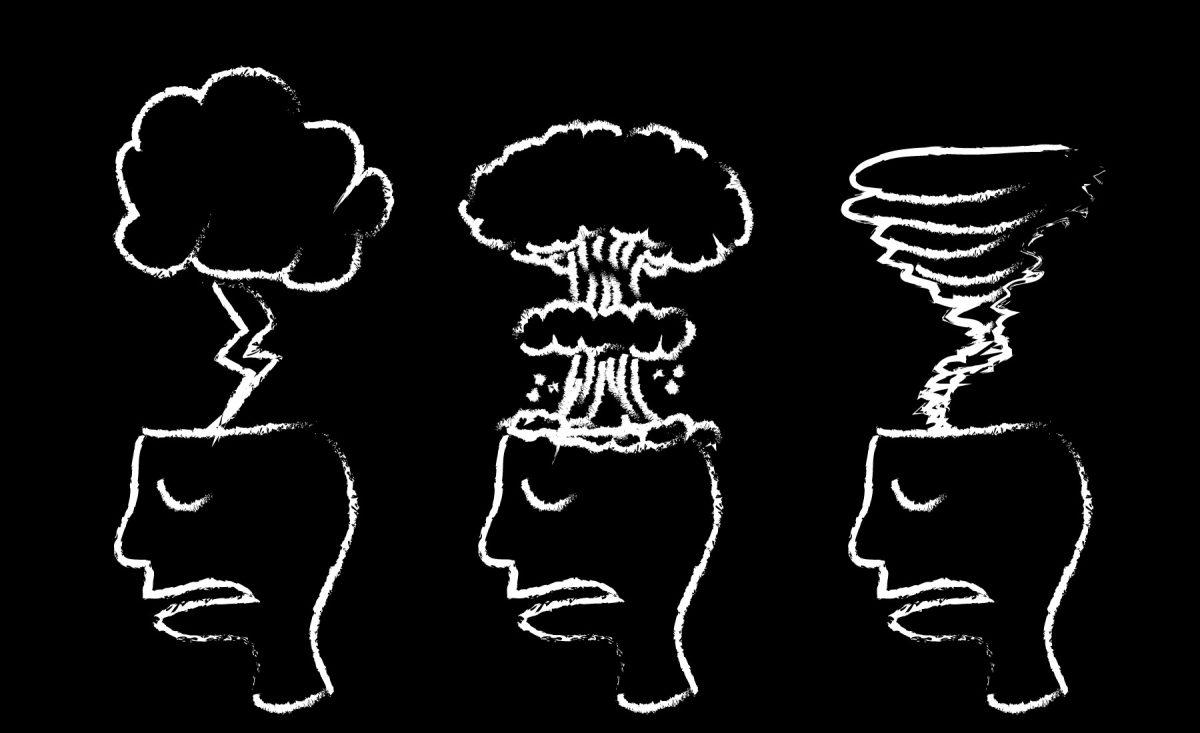Two professors in the School of Behavioral and Brain Sciences are delving into some of the most perplexing puzzles in the field of public medicine: chronic pain and migraines.
Associate professor Ted Price, who focuses his research on pain in general, has seen the way perceptions of pain have changed over the last few years.
“Right now, if you go to the doctor because you have a chronic pain problem, the doctor is going to prescribe you drugs, and you will probably take those drugs for the rest of your life because none of them have disease modifying properties,” Price said. “What we have learned in the last ten years in the field is that chronic pain is not a sign that something else is wrong; it’s a disease in and of itself.”
Most people suffering from chronic pain have nothing specifically trigerring that pain. That indicates something in the nervous system itself has changed to cause pain to still linger, Price said.
His work aims to understand what causes those changes and what keeps the nervous system from reverting back to normal.
From there, Price can specifically target those mechanisms to reverse the state of pain and try to change those molecular mechanisms with drugs.
“We want to modify the disease so that it goes away,” Price said. “What I like to tell students that are coming into the lab and learning about this is that we are basically doing chemotherapy for pain. If you have a tumor, you’re going to target it with something that’s going to kill the tumor, and then the person doesn’t have cancer anymore. We want to do the same thing.”
Jamie Moy, a third year graduate student who works in Price’s lab, said one of the things they do is look for proteins that play a major part in the pain pathway to see if they can manipulate them to get rid of the pain behavior.
Associate professor Greg Dussor focuses specifically on where migraines come from and how they can be treated.
“Migraine is the most common neurological disorder. There are 36 million people in the U.S. that have migraine. It’s the third most prevalent disease on Earth. It’s just a huge problem,” Dussor said. “The surprising thing about it, given that all the people that have it, is that we know almost nothing about where they come from.”
Dussor, who is one of only a handful of researchers in the United States studying migraines, said the field is often overlooked because migraines are not as deadly as other diseases.
Solutions essentially depend on labs getting lucky and finding a cure for migraines in a treatment for another disease, he said.
Carolina Burgos Vega, a fourth year graduate student in Dussor’s lab, said one of the ways the lab tries to understand migraines is by inducing the affliction onto a rat and then trying to give it drugs to see how they affect its pain. She said a problem that comes with migraine research is a lack of new methods of combating it.
“There hasn’t been an effective treatment in 20 years,” she said. “The most recent one is Triptans, and they’re only 30 percent effective in the population.”
Price said that his research in pain had its own unique set of problems.
“The Institute of Medicine reported last year that, on average, medical students got two hours of basic training on pain,” he said. “A third of the population has chronic pain. Most people over 60 have some form of chronic pain; most of them have lower back pain. Chronic pain is way more common than we think.”
Dussor said he is focused on moving treatments into humans quickly. He said the time between when a treatment is discovered and when approved for use in humans is usually a very long time. His focus has been taking drugs that are already given to people, find out whether they work for pain as well, and then use them to treat those problems as well as what they were originally prescribed for.
Price points to the duo’s recent appearance on KERA as a method for helping patients who are affected by pain through outreach.
“I have learned that education can be just as beneficial as any research that we do,” he said. “If we can let people know that, yes, there is something real happening to you, you’re not losing your mind, and we may not be able to cure you, but there are ways that you can deal with this disease, you can get better.”











